Intel Alder Lake 12th gen vs 13th gen Raptor Lake gaming performance comparisons
We ran the same benchmarks shown in the original reviews on the updated test system. You can find the exact details on page one of either Intel 13th gen CPU review. As a reminder, we overclocked each CPU using ASUS one-click AI OC. This pushed the i5-12600K up to 5.1GHz on three P-Cores, the i9-12900K up to 5.3GHz on three P-Cores, the 13600K up to 6.0GHz on three P-Cores, and the 13900K up to 5.8GHz on three P-Cores. We also benchmarked all of the games across two graphics cards as part of updating our test system and can share that data as well.
Reviewer’s note: The benchmarks with the RTX 4080 are not one to one with the 3070 Ti we used in the original reviews. With the shift to the RTX 4080, we updated the game settings to include some ray tracing and shifted from DLSS Performance/Ultra Performance to only using Balanced. The intent is to show the performance on common user settings versus simply pushing the CPUs to the limit for the sake of revealing differentiation.
Gaming benchmarks
- Images by PC Invasion
Our testing made it immediately clear that Alder Lake and Raptor Lake perform similarly in many games, regardless of the GPU pairing. The patterns were generally the same with both the RTX 3070 Ti and the RTX 4080. We were also able to weed out some stuttering behavior on Raptor Lake with the BIOS updates, showing there’s no issue with the actual CPUs there. However, we discovered a few distinguishing differences between Intel 12th gen versus 13th gen in our gaming CPU benchmarks.
Outside of our benchmarks, we also found that Raptor Lake offered a much better experience in Destiny 2, which remains a popular game. Raptor Lake managed to reduce system latency for a more responsive feel. On top of this, I noted a stable framerate increase from 125 to 144 fps in 4K simply by switching from the 12900K to either overclocked Raptor Lake CPU. Another instance where we were able to achieve higher performance exclusively with a 13th gen Raptor Lake CPU was in Halo 3, where we broke 1,000 fps in 1080p. Older game engines tend to benefit from higher frequencies, which is exactly what Raptor Lake offers.
The takeaway is that the 12600K is still a superb gaming CPU as well as the cheapest option we tested. It actually outperformed Raptor Lake in multiple cases. However, Raptor Lake produced meaningful gains in Fortnite and Call of Duty: Warzone.
The 13600K is also an excellent value, going head to head in a few instances with the 13900K where the 12600K fell short. One thing our testing did reveal is that the new i5 has effectively replaced the old i9-12900K with better performance in most games. It’s not a unilateral sweep, but there are more than a few upsets by the CPU that’s about 53% cheaper according to MSRP. Moreover, the majority of users aren’t likely to notice the small differences between any of these CPUs. This is especially true for those playing at 1440p+ resolutions where high framerates are more difficult to achieve due to GPU bottlenecks, or users are capping framerates with VSync and subsequently restricting the CPU.
This leaves the 13900K in the typical i9 category. It’s capable of producing the highest framerates in some notably popular games, it has the most on-chip hardware (cores, L2 cache, etc.), and it will likely hold up the best over time as more demanding titles come out. Yet with 32 total cores, it’s not exactly built with gaming as the primary use case. Those 16 E-Cores aren’t useful for any games today, and it’s far more expensive than either of the i5 options. The 13900K is for someone that’s a creator or has plenty of cash to spare and simply wants the flagship Intel CPU for a new build.
Game settings and in-game testing conditions
We’ve included all of the settings we tested with for additional context and for those who wish to reproduce our results. All games were set to 1920x1080p resolution with uncapped framerates. Major settings are as listed:
Tiny Tina’s Wonderlands (Epic Games Store version)
In-game benchmark tool, five run average. DX12 API. No resolution upscaler used.
High settings: High preset.
Apex Legends (Steam version)
Roughly 40 minutes of gameplay data captured across two full matches. “Eclipse” season on Broken Moon map.
High settings: All settings on highest value.
Fortnite
Roughly 40 minutes of gameplay data captured across two full matches. Chapter 3 Season 4 map. DLSS Balanced, DX11 API. No internet streaming textures.
High settings: High preset, max render distance, ray tracing off.
Cyberpunk 2077 (GOG version)
In-game benchmark, five run average.
High settings: High settings, DLSS Balanced, contact shadows, facial lighting geometry, ray traced lighting medium quality for local and sun shadows.
Forza Horizon 5 (Game Pass for PC version)
In-game benchmark tool was used and five back-to-back runs were averaged. Low/normal settings were applied, performed on DX12 API.
High settings: High preset, ray tracing off.
Dying Light 2 (Steam version)
Roughly 20 minutes of gameplay was captured from the first mission up to departure of abandoned compound where you speak to Spike. DX12 API, DLSS set to Balanced.
High settings: High preset, ray tracing off.
Call of Duty: Warzone
Roughly one hour of gameplay captured on Caldera Pacific map. DLSS Balanced on, DX12 API. No internet streaming textures.
High settings: All settings on highest options except where Extra or Ultra settings are available, ray tracing on.
Plague Tale: Requiem (Steam version)
Chapter 1 Part I opening in-game cutscene up until gameplay and Chapter 1 Part IV opening cutscene up until gameplay (once you hide in the grass). DLSS set to Balanced, Frame Generation On (DLSS 3).
High settings: High preset, maximum draw distance.
Far Cry 6 (Ubisoft client)
In-game benchmark five run average. No in-game upscaler used.
High settings: High preset. Ray traced shadows and reflections On.
- Overview
- Test bench updates and Raptor Lake overclocking
- Gaming performance and multi-tasking
- Conclusion

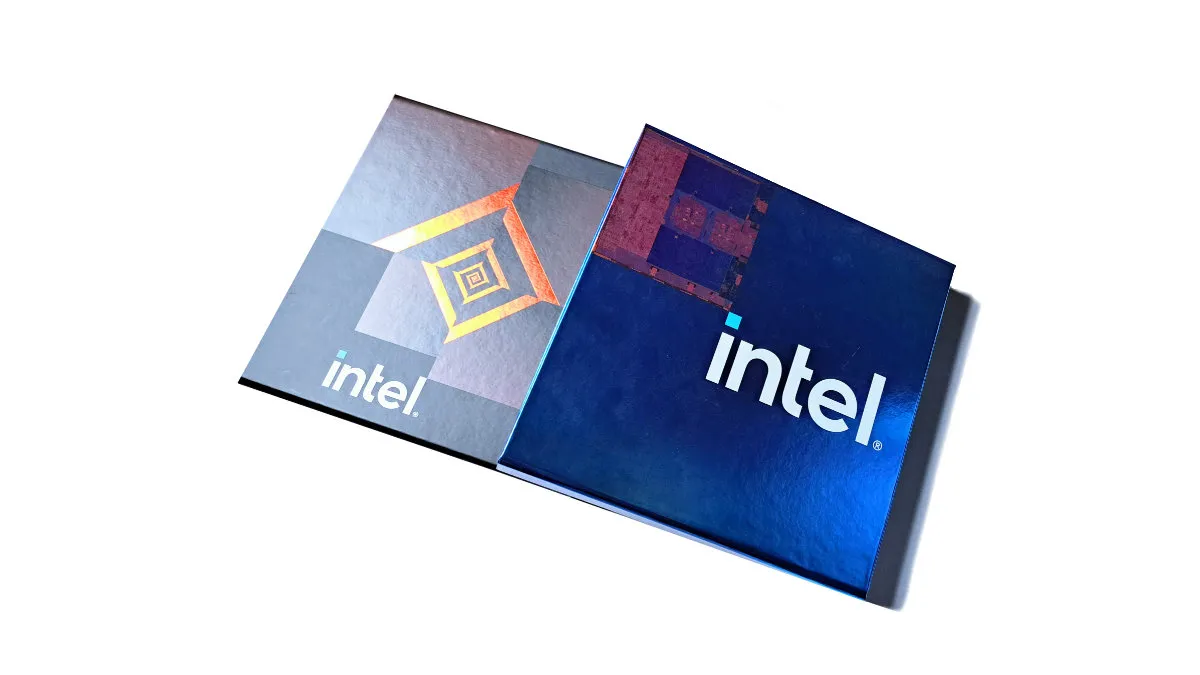
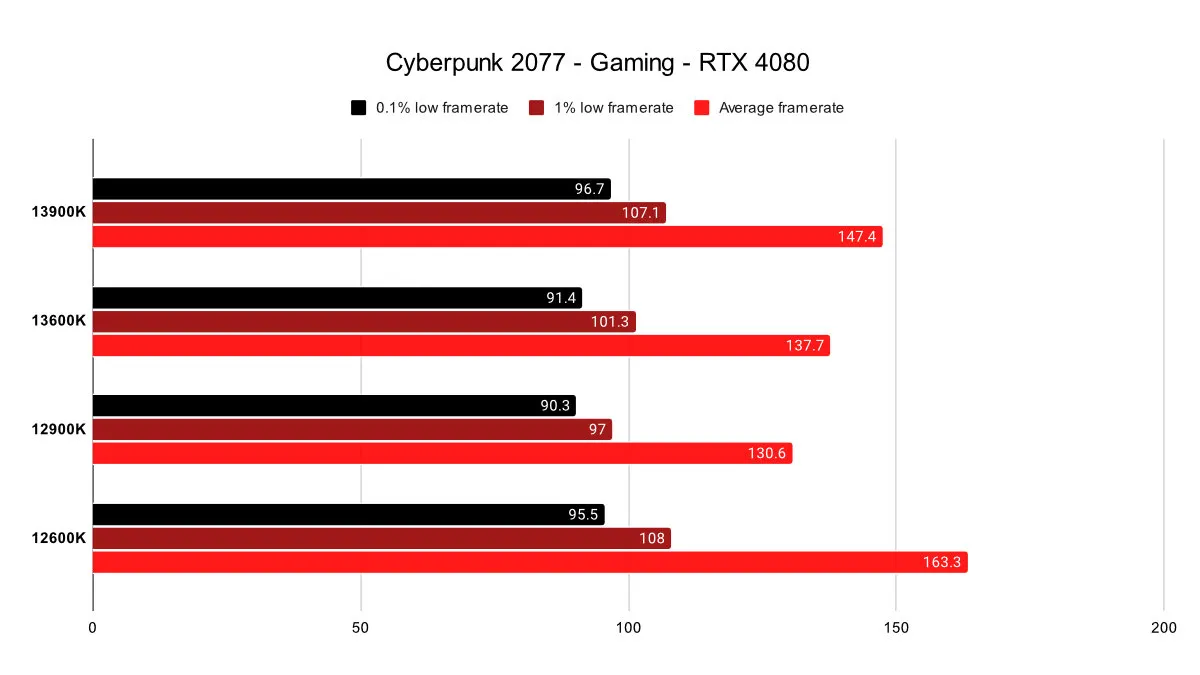
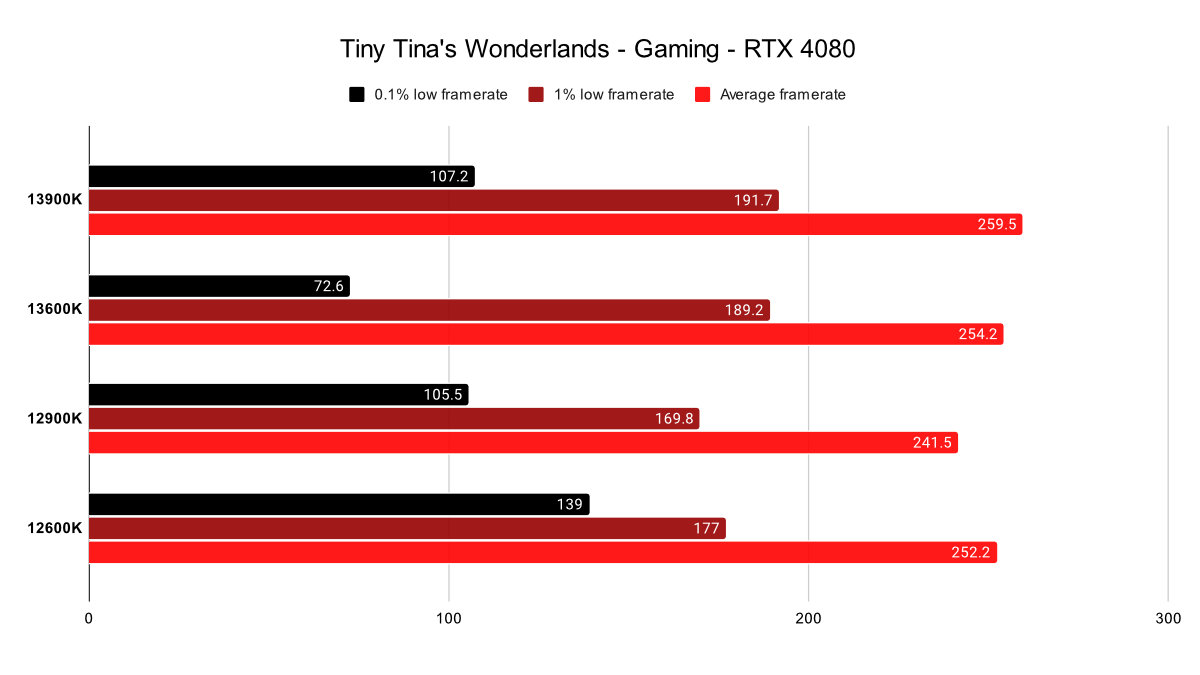
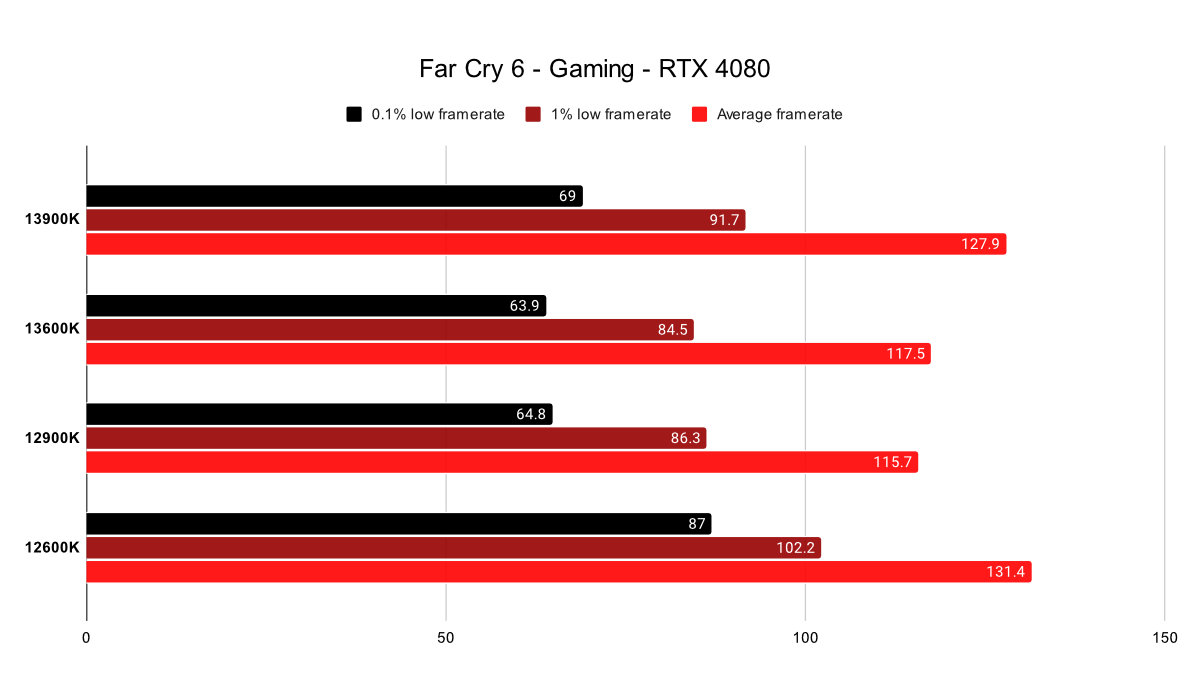
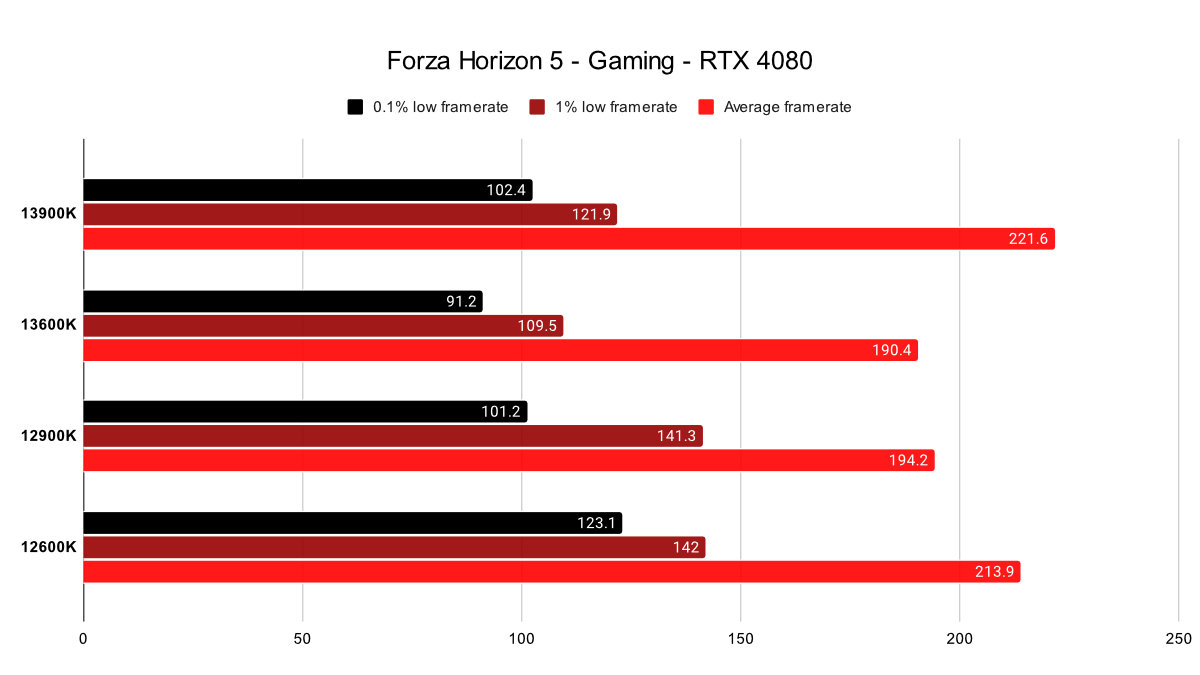
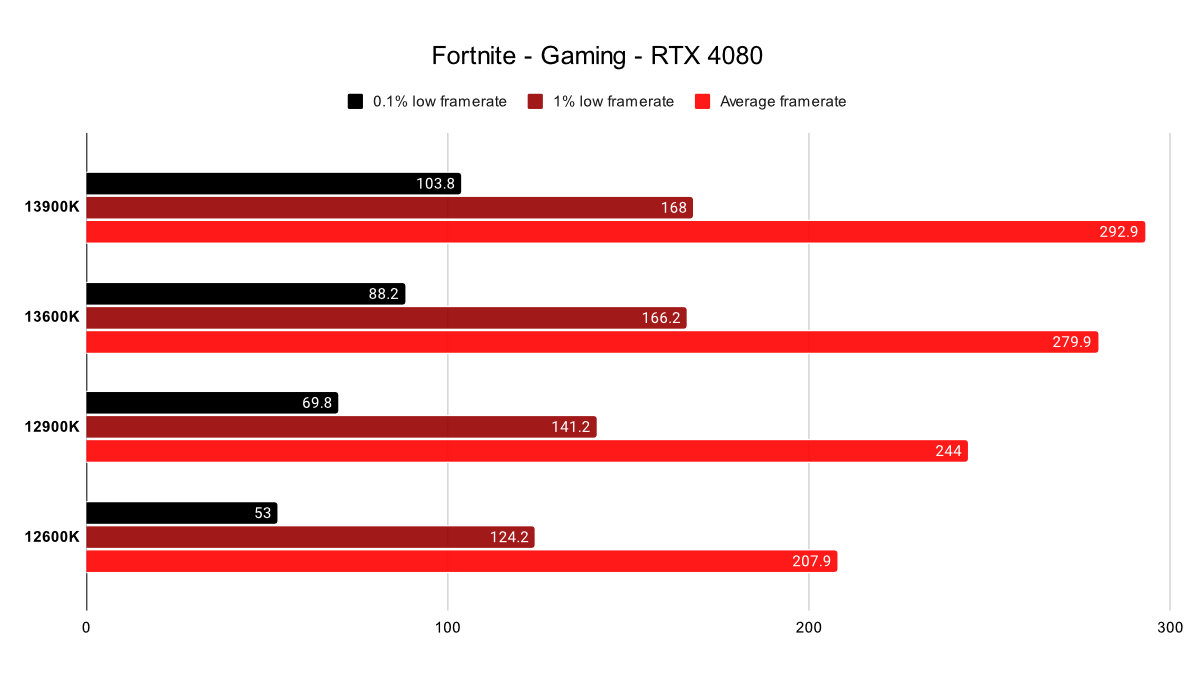
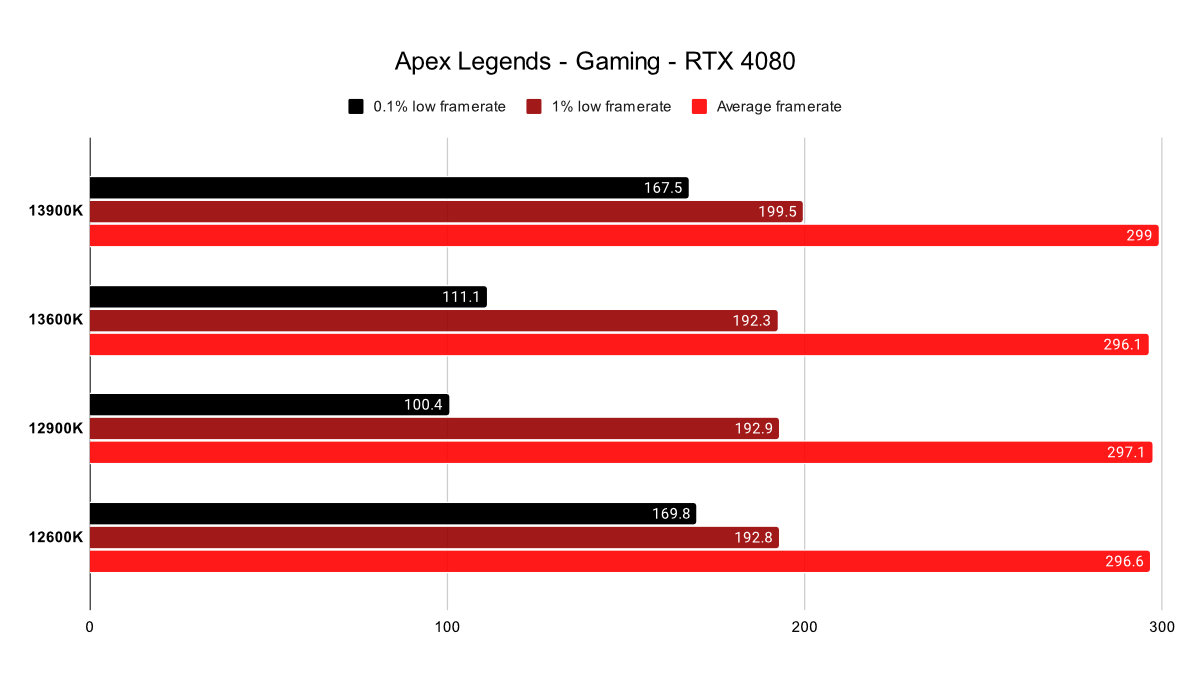
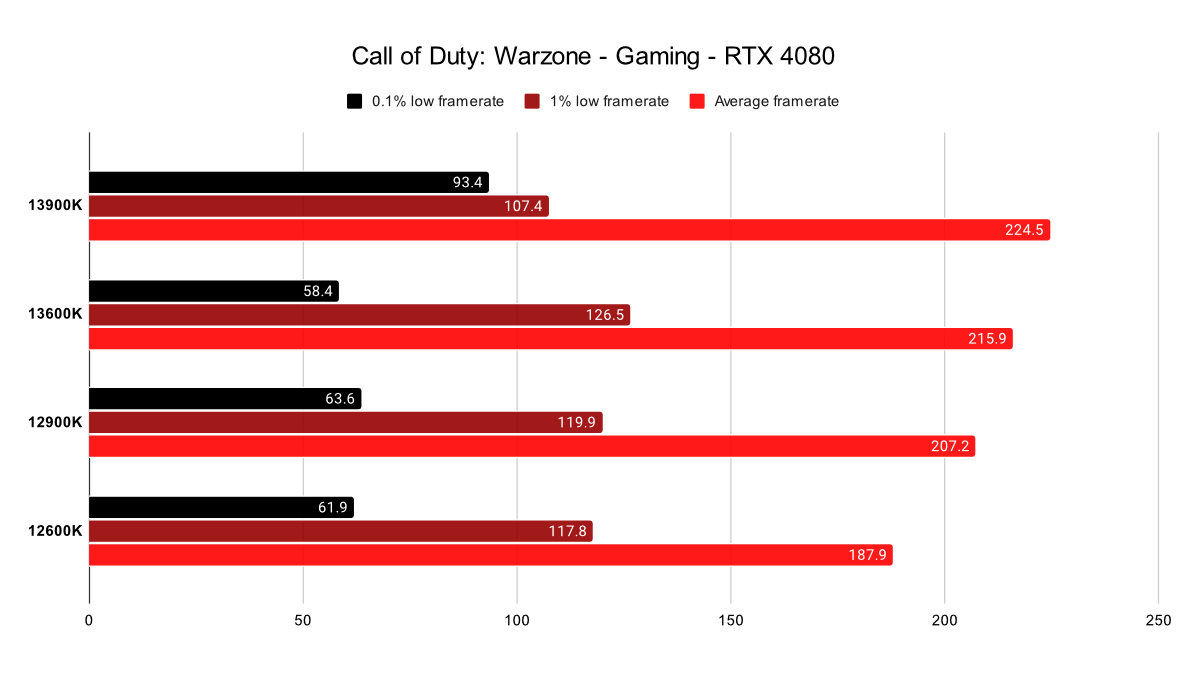
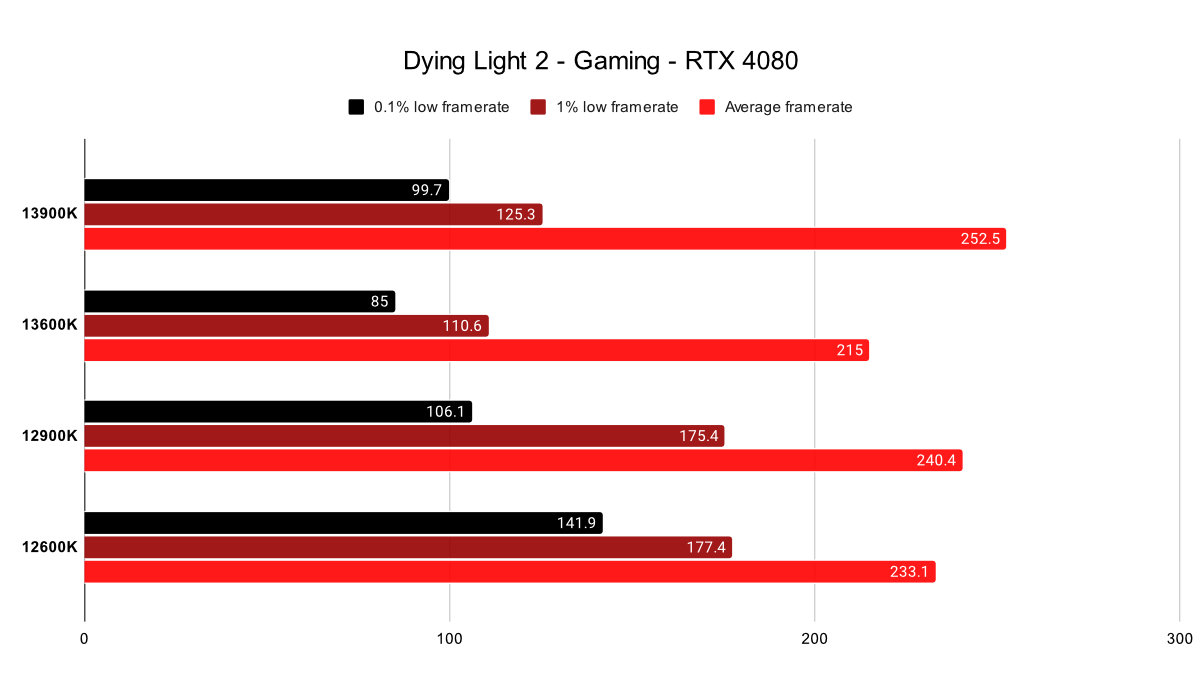
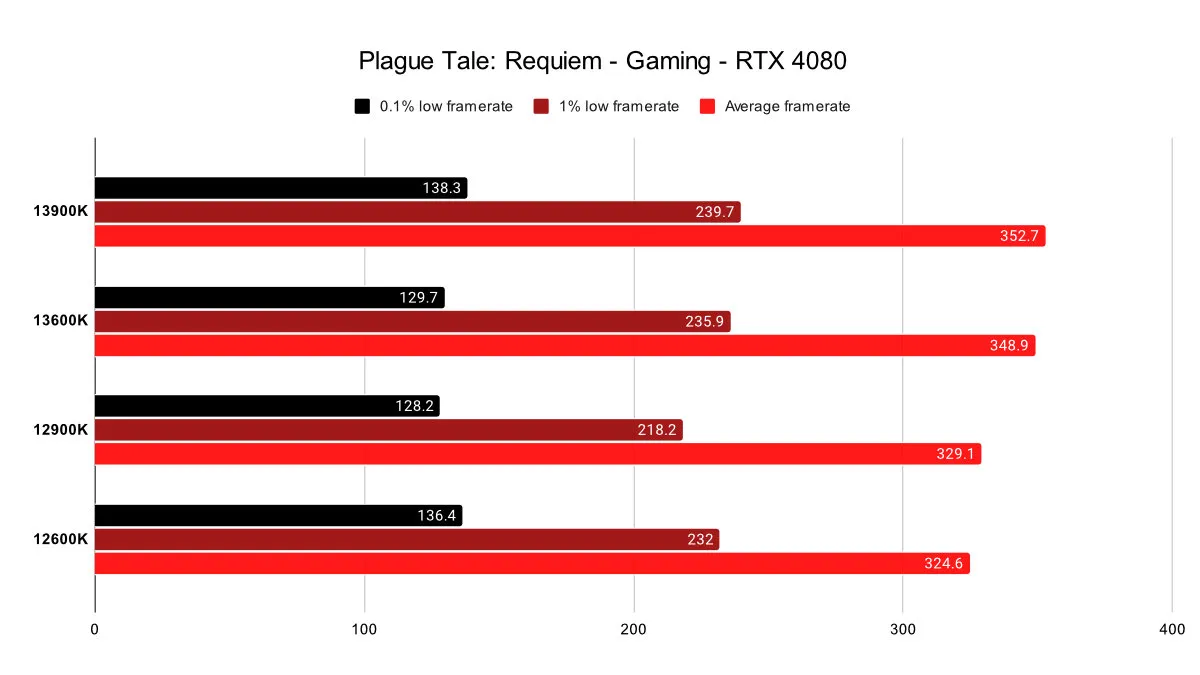
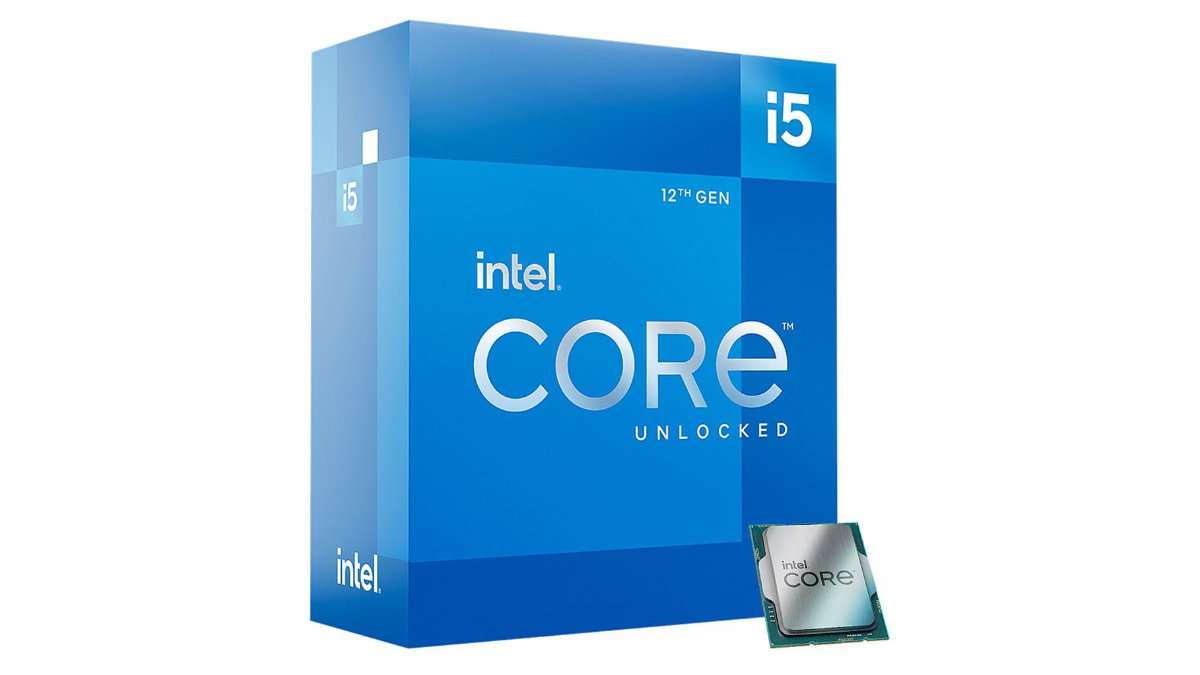




Published: Jan 20, 2023 04:30 pm